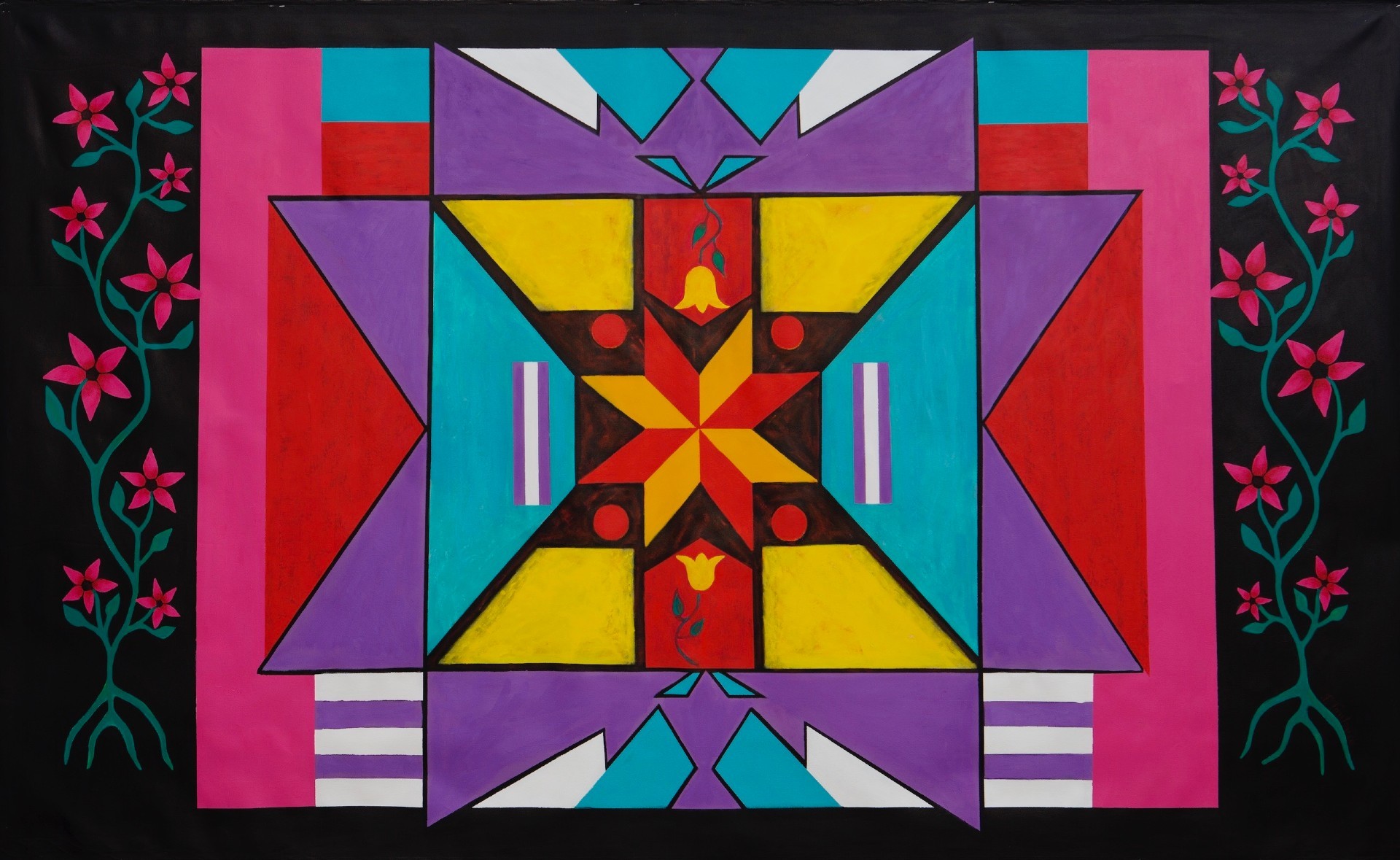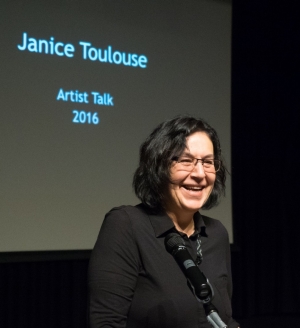After graduating, Toulouse moved to France to teach fine art at L'École supérieure d'art d'Aix-en-Provence (ESAAIX). The artist still divides her time between her home in Meaford, Ontario — on the southern shore of Georgian Bay in the traditional territory of the Saugeen Ojibway Nation — and Paris, France.
Her daughter, Léa Toulouse Florentin, born in France, works as an art curator in Paris. “The French are fascinated by native art. They don’t immediately stereotype us.” When she returned to Canada in 1995, Toulouse taught drawing, painting and Indigenous art history at the Emily Carr University of Art + Design in Vancouver.
Over her four-decade career, Toulouse has participated in dozens of solo and group exhibitions and won numerous residencies and awards, including a REVEAL Indigenous Art Award in 2017 and a fellowship at the Smithsonian National Museum of the American Indian in New York in 2002. Yet, finding galleries to show her work has been a challenge, she says.
“I didn’t realize it was going to be such a struggle,” Toulouse recalls. “As an Ojibwe woman, I naively thought all the doors would open. But when I showed them my work, galleries would say things like, ‘Well we already have a native artist.’ And I would say, ‘But you don’t have me!’”
Toulouse remains hopeful about the future for both Indigenous people generally and Indigenous artists. In her “Tradition in Transformation” painting, which was recently acquired by the Ojibwe Cultural Foundation on Manitoulin Island, two blocks of alternating purple and white stripes represent Two Row Wampum, Indigenous people in their canoe, and non-Indigenous people in their boat travelling side-by-side.
“The two groups can travel the same river in parallel, and neither interrupts the other’s journey,” she says. “Things have improved for native artists in recent years. I have hope for our future generations.”
 “Tradition in Transformation” by Janice Toulouse, MFA 85, acrylic on canvas 65 x 106 inches, 2017. | Photo: Marina Dodis
“Tradition in Transformation” by Janice Toulouse, MFA 85, acrylic on canvas 65 x 106 inches, 2017. | Photo: Marina Dodis
 “I have hope for our future generations,” says Toulouse. | Photo: Emily Carr University - North Island College Campus
“I have hope for our future generations,” says Toulouse. | Photo: Emily Carr University - North Island College Campus